Delving for Joules in the Fusion Mines

The Big Picture features technology through the lens of photographers.
Every month, IEEE Spectrum selects the most stunning technology images recently captured by photographers around the world. We choose images that reflect an important advance, or a trend, or that are just mesmerizing to look at. We feature all images on our site, and one also appears on our monthly print edition.
Enjoy the latest images, and if you have suggestions, leave a comment below.
Shot of Nuclear Fusion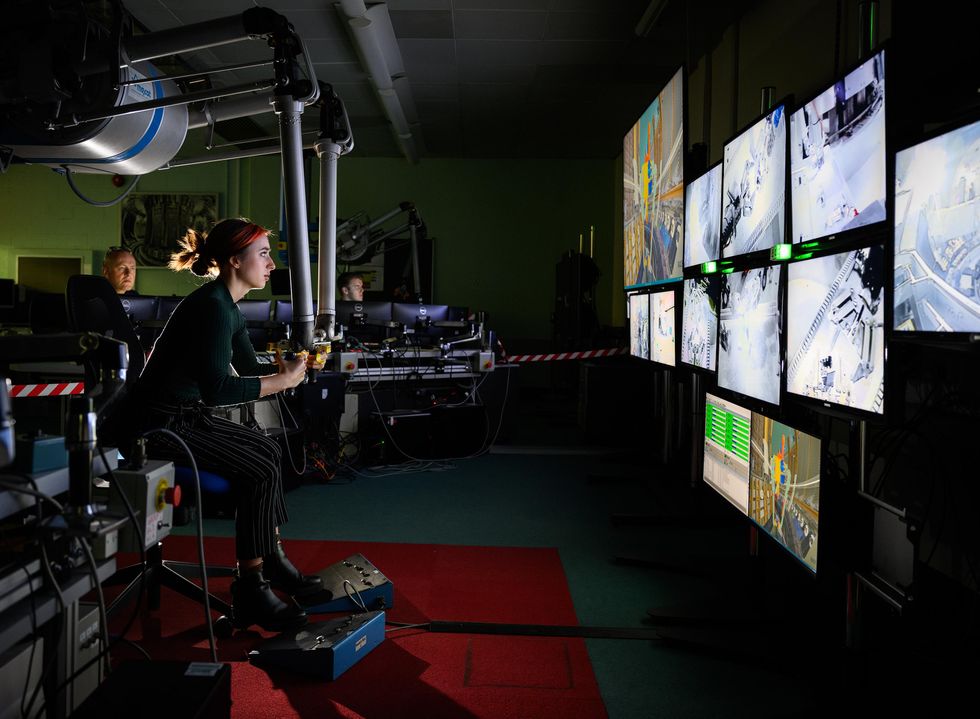
An old saw regarding the multitude of dashed hopes about fusion energy's promise goes Fusion is 30 years away-and it always will be." After decades of researchers predicting that fusion was just around the corner, a team at the UK Atomic Energy Authority (which hosts the Joint European Torus [JET] plasma physics experiment) did something that suggests scientists are homing in on exactly which corner that is. In February 2022, the JET experimenters induced the single greatest sustained energy pulse ever created by humans. It had twice the energy of the previous record-setting blast, triggered a quarter century earlier. A doubling every 25 years is far behind the pace of the microchip improvements described by Moore's Law. But that hasn't dampened enthusiasm over an alternative energy source that could make fossil fuels and their effect on the environment relics of a bygone era. In the foreground of the picture is a trainee learning how to use the systems involved in accomplishing the feat.
Leon Neal/Getty Images
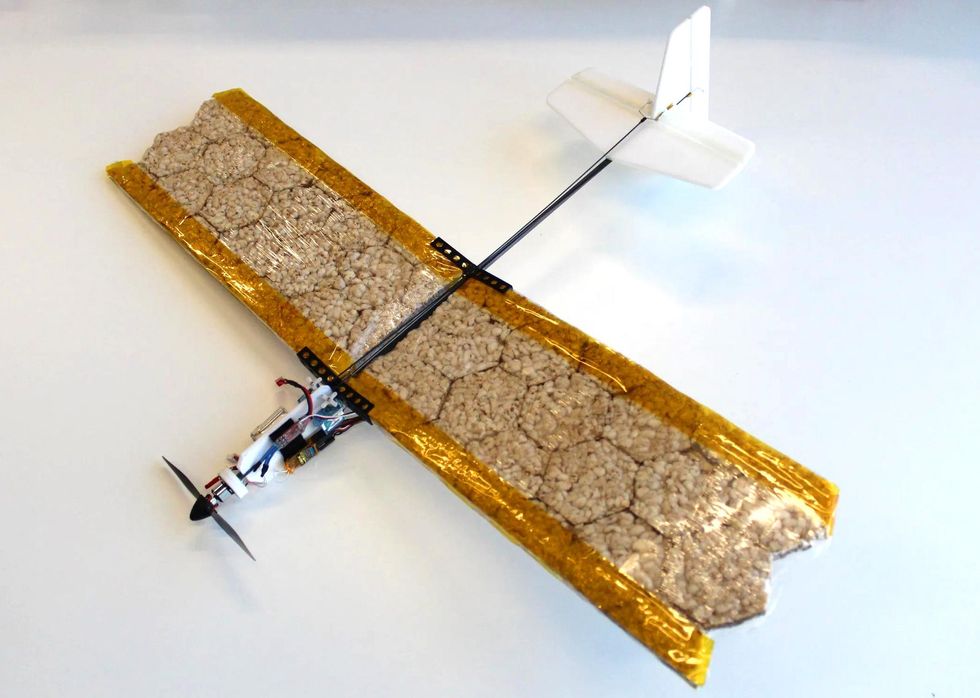 Turning Drones into Scones
Turning Drones into SconesWhat has two wings, can reach a person stranded in a disaster zone, and doubles as a source of precious calories when no other food is available? This drone, designed and built by a team of researchers at the Swiss Federal Institute of Technology Lausanne (EPFL), has wings made entirely of laser-cut rice cakes held together with glue" made from gelatin. The EPFL group says it plans to keep refining the edible aircraft to improve its aeronautics and enhance its nutritional profile.
EPFL
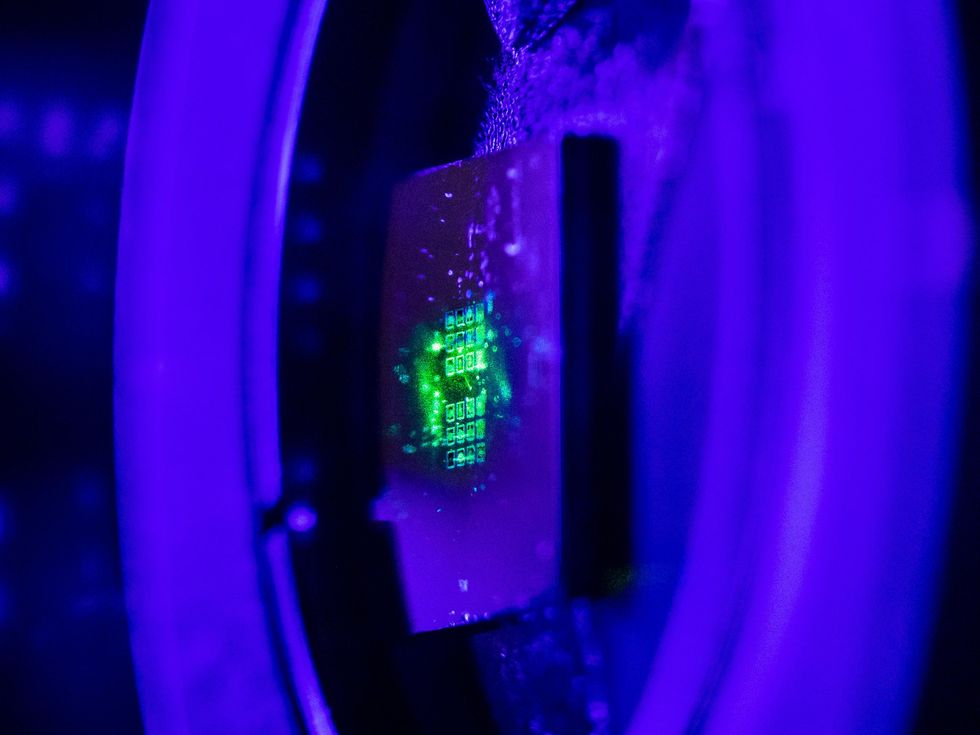 Metasurface Weaves Entangled Photons
Metasurface Weaves Entangled PhotonsCreating the quantum mechanical state of entanglement (in which paired atoms influence each other from across vast distances) has heretofore been reminiscent of the story of Noah's ark. The tried-and-true method for entangling photons (by shining light through a nonlinear crystal) puts them in this state two by two, the way the animals are said to have boarded the ark. The ambition of quantum researchers has been to expand these connections from pairs to parties. And it seems they've figured out how to reliably entangle multiple photons in a complicated web, using half-millimeter-thick metasurfaces covered with forests of microscopic pillars. This, say experts, will not only greatly simplify the setup needed for quantum technology but also help support more-complex quantum applications.
Craig Fritz
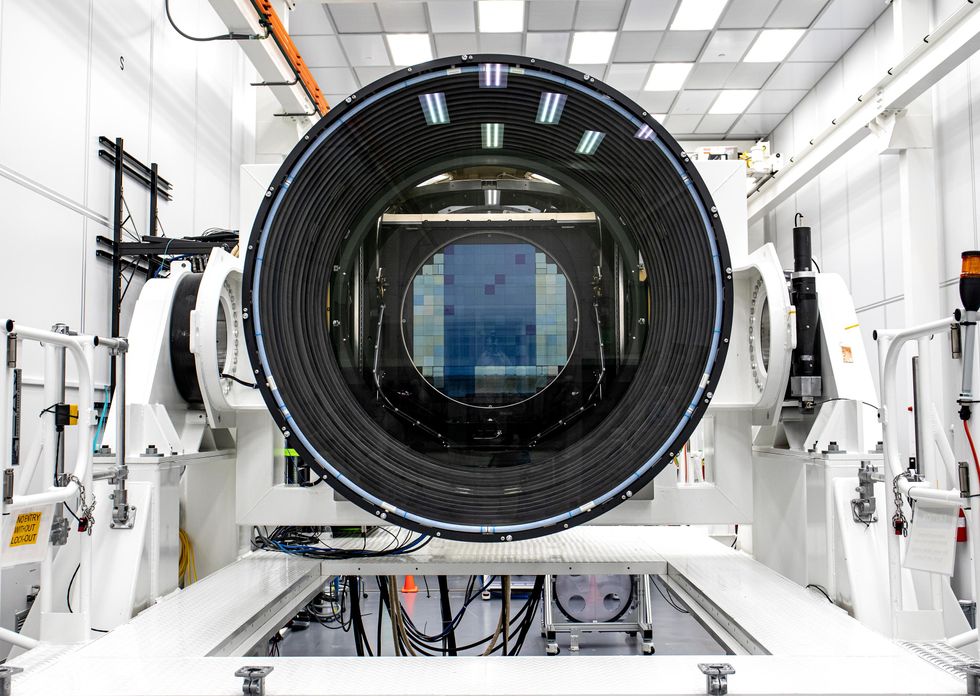 Colossal Camera Coming to Chile
Colossal Camera Coming to ChileIn a world obsessed with miniaturization, it's almost shocking when, every now and then, a big deal is made of something, er, big. That is certainly the case with the new camera being built for the Vera C. Rubin Observatory in Chile. When the camera is delivered and set up in May 2023, its 1.57-meter-wide lens will make it the world's largest device for taking snapshots. The gargantuan point-and-shoot instrument will capture images of a swath of the sky seven times the width of the moon.
Jacqueline Ramseyer Orrell/SLAC National Accelerator Laboratory
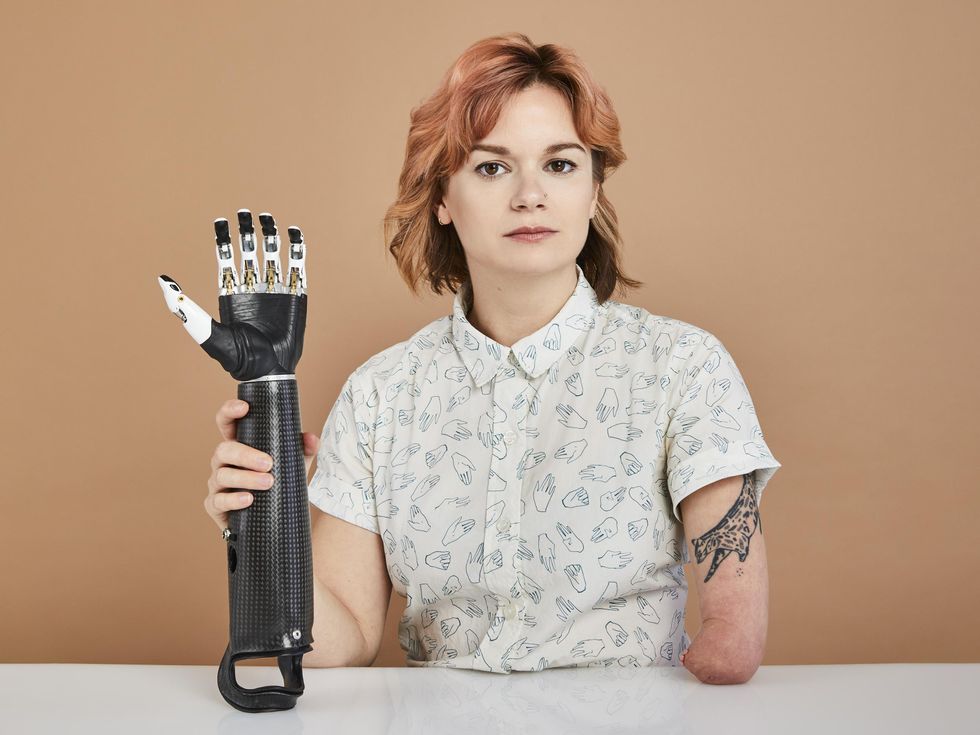 Bionic Hands Haven't Fully Grasped Users' Needs
Bionic Hands Haven't Fully Grasped Users' NeedsWhen we're carrying out our quotidian activities, most of us rarely stop to think about what marvels of engineering our arms and hands are. But for those who have lost the use of a limb-or, like Britt Young, the woman pictured here, were born without one-there's hardly ever a day when the challenges of navigating a two-handed world are not in the forefront of their thoughts. In Young's October 2022 IEEE Spectrum cover story, she discusses these challenges, as well as how the bionic-hand technology intended to come to the rescue falls short of designers' and users' expectations.
Gabriela Hasbun. Makeup: Maria Nguyen for Mac Cosmetics; Hair: Joan Laqui for Living Proof